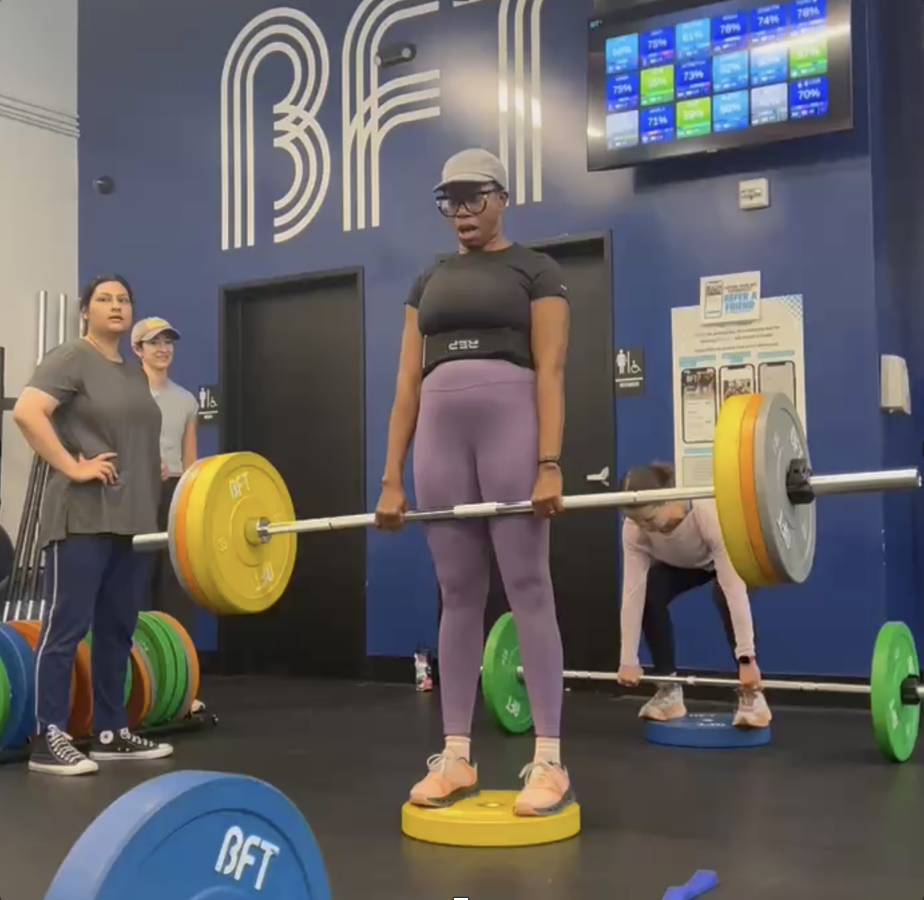Strength Training Improved Health for Everyone—at Every Age
Peter Attia, M.D., a longevity expert, calls lean muscle “a vital sign.” In his vision of the “centenarian decathlon,” he encourages strength training not just to look fit, but to maintain the ability to do everyday tasks—like carrying groceries or getting off the floor—as we age.
Whether you’re in your 20s or your 70s, the key is to train in a way that lets you move well for life. As Dr. Attia puts it, “Train today for the life you want to live decades from now.”
Strength training isn’t just for muscle-bound gym goers — it’s one of the most powerful things everyone can do to boost their overall health, no matter the age or fitness level.
Exercise and nutrition expert Dr. Layne Norton, Ph.D., adds that strength training improves mental health, too. He says, “The magic you’re looking for is in the work you keep avoiding,” reminding us that consistent training and a structured approach, not motivation, drives long-term health change.
What Strength Training Improves
✅ Metabolism – Muscle tissue helps regulate blood sugar and boosts insulin sensitivity.
✅ Heart Health – Resistance training improves blood pressure and cholesterol.
✅ Bone Density & Balance – It reduces fall risk and strengthens joints—key as we get older.
✅ Longevity – Studies link strength training to a 10–17% drop in all-cause mortality.
✅ Mood & Brain Health – Lifting boosts endorphins and cognitive function.
What Is Strength Training—And Why Has it Gained Medical Favor
Strength training involves working muscles against resistance—using weights, bands, or your bodyweight—to build strength, muscle, and joint stability. While cardio supports heart and lung health, recent medical research increasingly favors strength training as the foundation for long-term wellness. Experts now recommend fewer high-intensity cardio sessions and more consistent resistance work, especially as we age.
The key is progressive resistance—gradually increasing the challenge over time. This stimulates muscle growth, strengthens bones, and enhances balance and coordination. At any age, progressive overload signals the body to adapt: in younger people, it builds strength and performance; in older adults, it preserves mobility, metabolic health, and independence. Unlike cardio training, which plateaus in benefits, strength training continues to pay dividends as your body gets stronger!
Key Ingredients: Full-Body Moves and Heavier Weight
So, how do you get started? Seek a quality, structured training program that develops your body and improves your health in a balanced and complete way. And seek hands-on instruction to learn how to move safely while stressing your muscles. Squats, deadlifts, rows, and presses use multiple muscle groups and translate directly to improving your everyday health and movement. Quality programs use multiple strength approaches to fully develop your body.
Tip: you need to lift heavier weight to challenge the muscle fibers your body loses most quickly as you age, and to keep your strength and metabolic health as you get older. And contrary to older exercise science, there is such a thing as too much cardio training, and too much high intensity – both can reduce the strength and muscle you need and prevent proper muscle and nervous system recovery.
Chris Cestaro
Former healthcare executive and owner of BodyFit Training (BFT) Rockridge at 5151 Broadway. With 40 years of strength training experience, Chris’ passion is sharing the proven benefits of strength for improving health span and lifespan. BFT is a structured, true strength training program with small group training sessions personalized for each member by 2-3 expert coaches in a fun, friendly community atmosphere.




